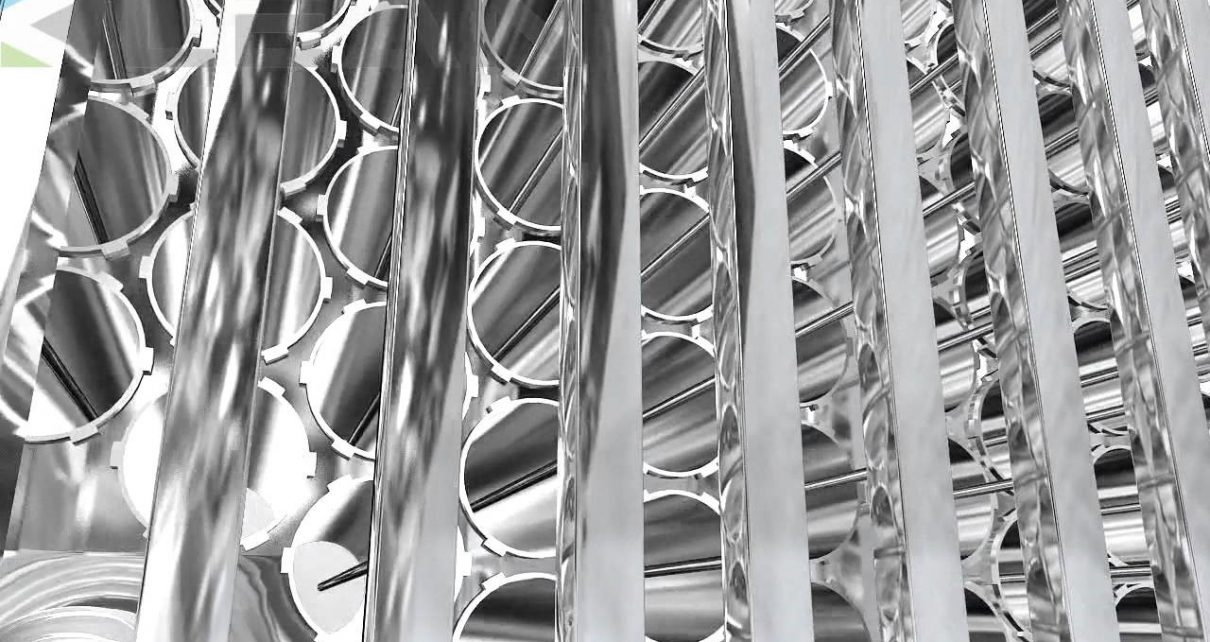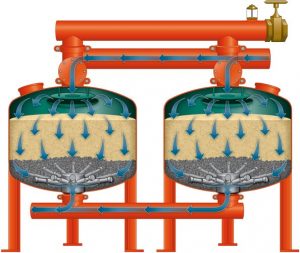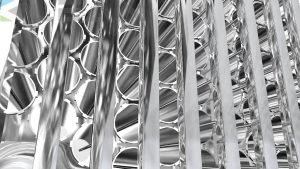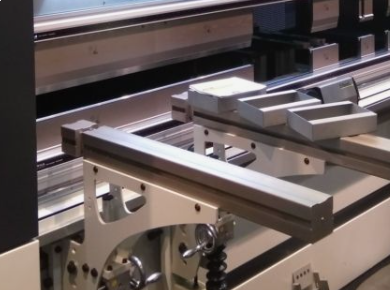You’ll find dust collecting machines in many industrial workplaces. They are used in a wide variety of processes, whether recovering important granules or powder, or removing harmful pollutants from the workplace environment.
What are the different methods of dust collection?
There are different methods and various machines available, depending on the need of the business. Some are better suited for particular applications than others. Here are just a few examples:
Media Filtration System
This is the method of using filters or screens to effectively separate particles from a stream of gas. The advantages of this method include great flexibility and versatility for a wide range of applications. It is a highly efficient method for collecting tiny particles and offers a cost-effective process with correct installation and maintenance. The systems are compact and modular, meaning they are easy to assemble. Applying a variety of coatings to the filters also means other pollutants can be collected as well. For all your dust collecting needs, like a replacement Spiral Duct for example, visit Dust Spares.
Cyclone Separation System
These dust collectors apply gravity and the creation of a vortex to draw particles out from a gas stream. Air is pushed into a cylinder, spun at high speed, creating a centrifugal force which makes the particles stick to the wall of the cyclone. When the particles hit the wall, they lose speed and fall into a collection hopper underneath.
These systems offer a cost-effective choice and with hardly any moving parts, regular little in the way of regular maintenance. They are not ideal for capturing tiny particles, however. This means that they serve better as a first collection machine or pre-cleaner for lightening heavy dust loads before a more comprehensive system is then used as well. They also have a low carbon footprint and require little space to install.
Electrostatic Precipitation Systems
ESPs apply electrostatic forces to separate particles. The particles move through an area in which electrodes create an electric field, charging the particles. The charged particles then attach themselves to a collecting surface. That surface can then be washed or vibrated to remove the particles into a collection hopper.
This is a highly-efficient system, even for minute particulate matter, removing large volumes of smoke and dust. They are expensive to install but have a low long-term cost and require little maintenance.
Baghouses
These are also known as fabric dust collectors and use a variety of filter tubes, or bags to catch and separate dust and particles. As the stream of gas moves through the tubes, a layer of dust builds up on the fabric, known as a dust cake. The bags can be cleaned by using reverse airflow, vibration or shots of pulsing air.
Baghouses are extremely versatile and can be employed for virtually any dust-making activity by using different types and sizes. They do require a dry environment and a higher level of ongoing maintenance. Due to the nature of the fabric, they are only suitable for certain operating temperatures.






